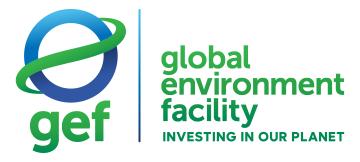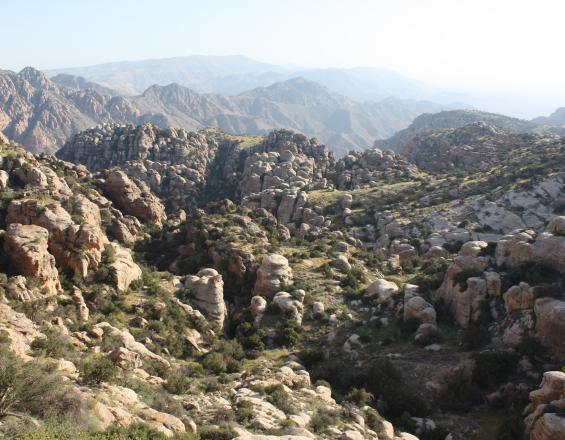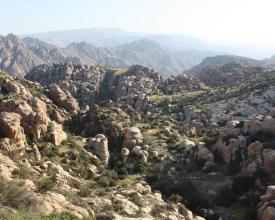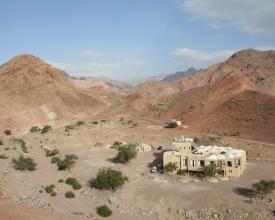
Réserve de biosphère de Dana : créer des opportunités de développement socio-économique pour la conservation de la nature

La réserve de Dana a été créée pour couvrir une superficie d'environ 292 km². À l'intérieur et autour de la réserve de Dana vivaient des communautés qui dépendaient partiellement ou entièrement de la zone pour leur subsistance, notamment pour le pâturage des chèvres et des moutons. Ces personnes, qui comptent parmi les plus pauvres et les plus défavorisées de Jordanie, ont d'abord perçu la réserve comme les privant de leurs droits traditionnels et de la possibilité d'exploiter ses ressources pour leurs propres besoins sociaux et économiques. Afin de résoudre ces problèmes, le RSCN a développé différents types de projets générateurs de revenus, tels que la production et le conditionnement de plantes médicinales, la production de bijoux inspirés de la nature et l'écotourisme. Ces projets ont été accompagnés d'un renforcement des capacités financières et techniques de son personnel et des communautés locales afin de les aider à gérer ces projets. La solution du RSCN a abordé le problème de l'image de marque et du marketing, et a créé la marque "Wadi Dana", inspirée de la vallée principale qui traverse la réserve.
Contexte
Défis à relever
Emplacement
Impacts
Les opportunités d'emploi dans la réserve de Dana ont été occupées par des résidents locaux, et la réserve a ciblé les familles qui dépendaient le plus de la réserve naturelle pour le pâturage du bétail et d'autres moyens de subsistance. Cela a permis d'atténuer leur impact négatif direct sur la réserve.
Le fait que les communautés locales soient impliquées dans les programmes de la réserve tels que l'écotourisme et les projets de développement socio-économique (production et conditionnement de plantes médicinales, bijoux artisanaux inspirés de la nature) a également contribué à sensibiliser les communautés locales à leur réserve et à leur permettre de se l'approprier.
Le développement de l'écotourisme dans la réserve de Dana a fait du site l'une des principales destinations nationales et internationales en matière d'écotourisme. Le camping, les sentiers touristiques et la maison d'hôtes attirent un large éventail d'amoureux de la nature à la recherche d'une échappée tranquille dans la nature.
Le Feynan Ecolodge, établi dans la partie désertique de Dana, a reçu une accolade internationale le désignant comme l'un des meilleurs écolodges au monde et le félicitant pour sa contribution aux économies locales, à la conservation de la nature et aux voyages durables.
En 2017, la Réserve Naturelle de Dana a contribué à un total de 347652 JD's (490,000 US $) en tant que bénéfices directs et indirects pour les communautés locales, parmi lesquels : les salaires du personnel recruté localement, et l'achat local de biens et de services.



